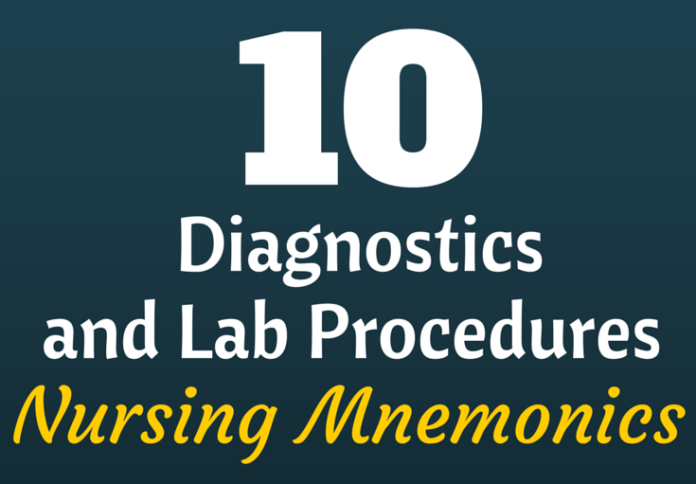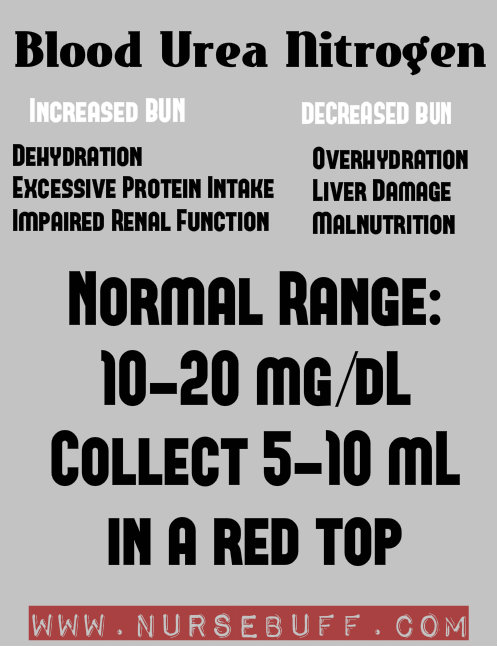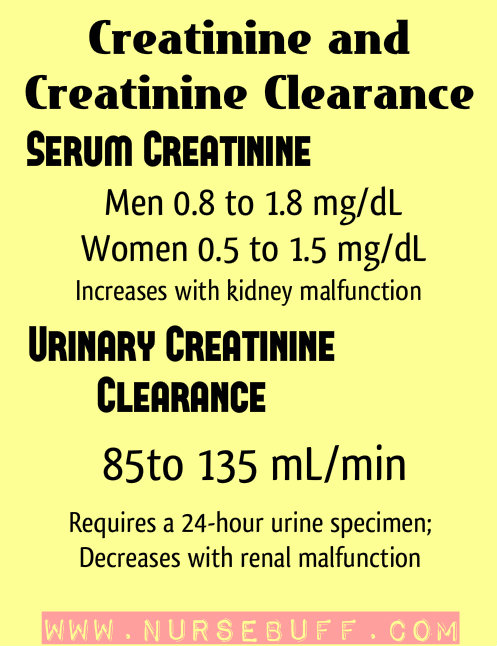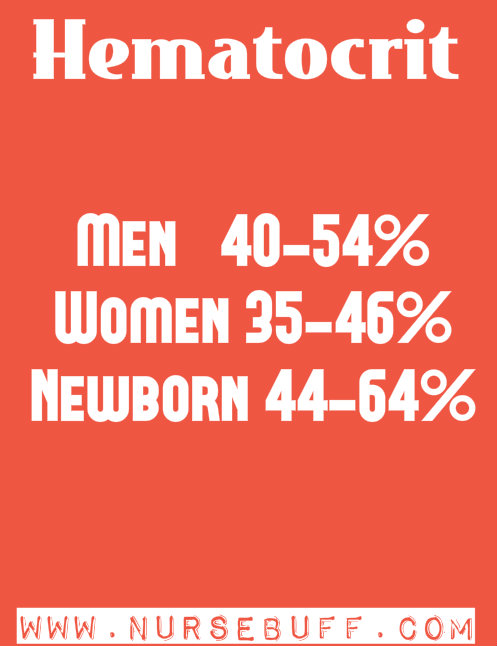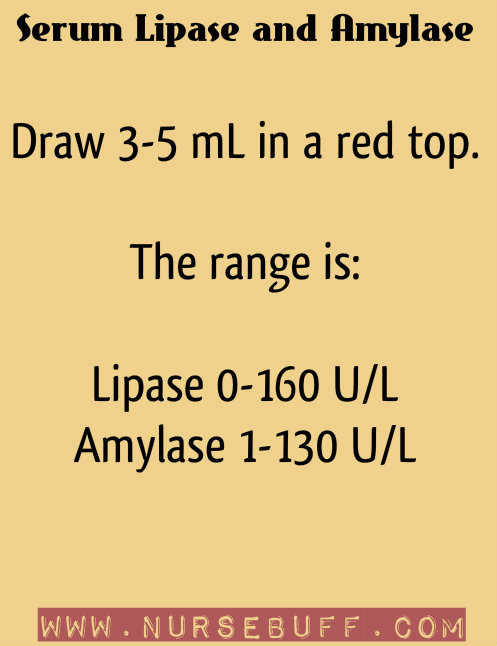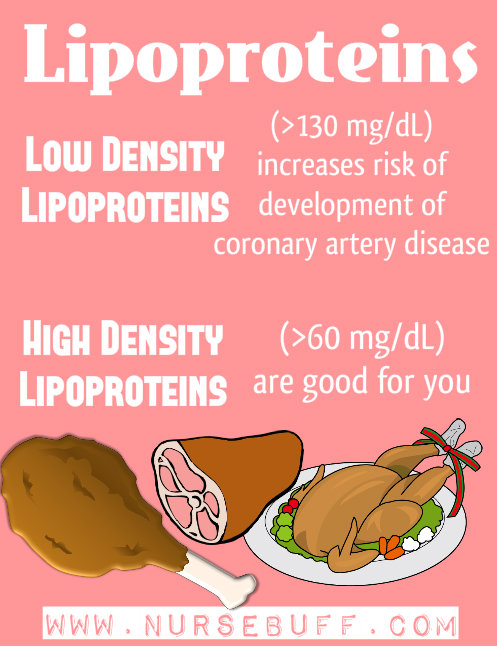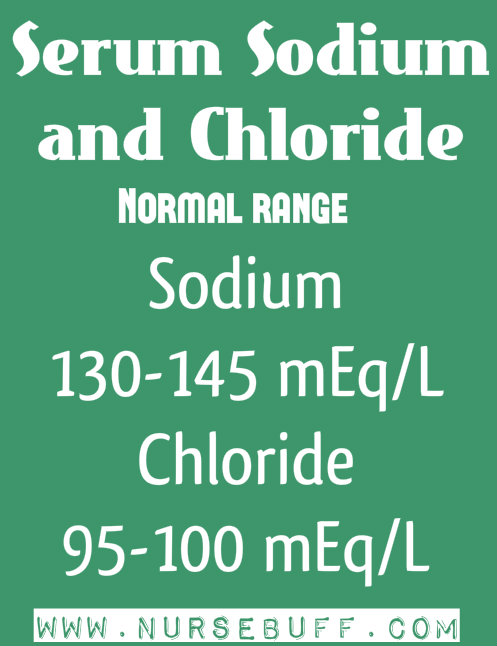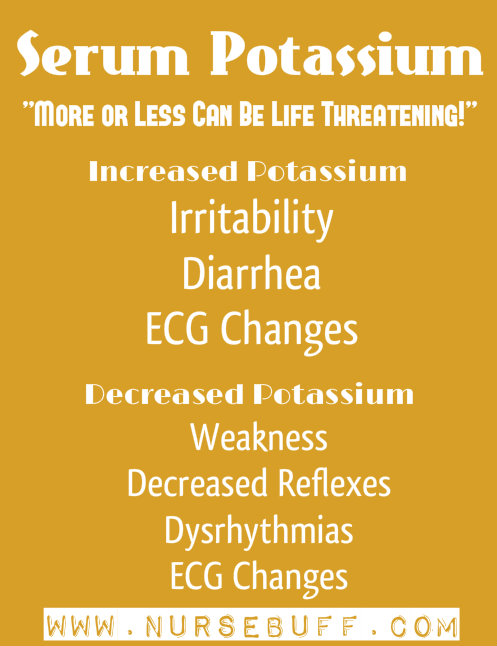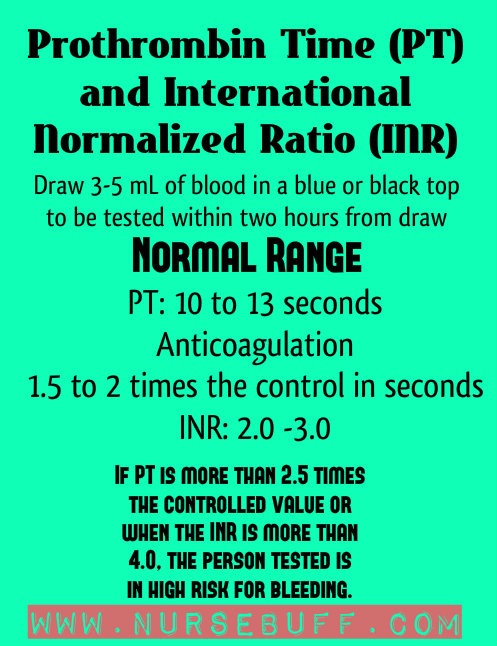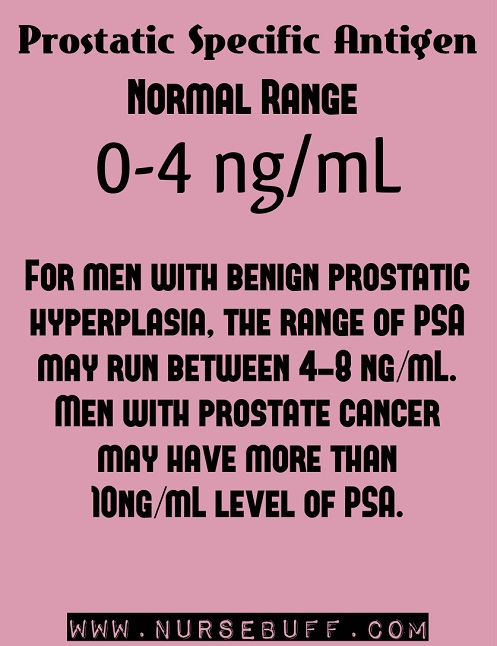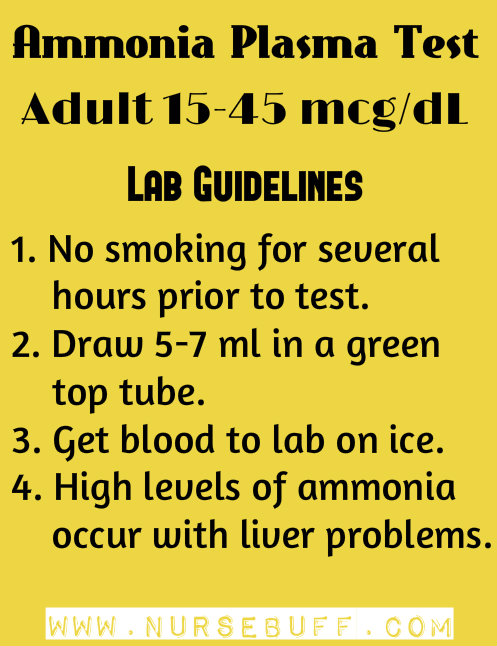BUN
The blood urea nitrogen or BUN is a blood test that measures the amount of urea nitrogen in the bloodstream. It reflects how well your kidneys are.
When a person is dehydrated, false results might be obtained as BUN levels increase when blood is concentrated.
Elevated BUN levels indicate dehydration, excessive protein intake and impaired renal function. Low BUN levels indicate over hydration, liver damage and malnutrition.
Study Guides:
Blood urea nitrogen (BUN) test – Mayo Clinic
Creatinine
Creatinine is a waste product produced by muscle metabolism. Kidneys filter creatinine so it will be excreted through the urine.
When measuring creatinine levels in the blood, the renal function is reflected. Elevated creatinine levels in the blood indicate renal impairment. The opposite happens for urinary creatinine clearance; during renal impairment, urinary creatinine is extremely low.
Measuring urinary creatinine clearance during unilateral kidney impairment is insignificant as the healthy kidney can still excrete creatinine through the urine.
Study Guides:
Hematocrit
The hematocrit test measures the proportion of red blood cells to plasma. Normally, hematocrit is three times the amount of hemoglobin in the blood.
During dehydration, hematocrit tests may reveal false results as the blood is concentrated. Low hematocrit levels may indicate anemia, leukemia, hemorrhage and vitamin deficiencies. High hematocrit levels may indicate dehydration, polycythemia vera and lung or heart diseases.
Study Guides:
Hematocrit test; Why it’s done – Mayo Clinic
Serum Lipase and Amylase
Lipase and amylase are both produced by the pancreas to aid in food digestion. When the pancreas is damaged, both lipase and amylase are also released into the bloodstream.
Both levels reach their peak within 2-12 hours. However, amylase returns to normal levels within 3 days while lipase remains elevated within 7-10 days.
Study Guide:
Amylase and Lipase Tests – Healthline
Lipoproteins
There are two kinds of lipoproteins – the low density lipoprotein or LDL and high density lipoprotein or HDL.
The LDL is considered as the “bad” cholesterol and it lodges in blood vessels. It increases the risk of developing coronary artery disease. Sources of LDL include fats, pork and cigarette smoking.
The HDL is known as the “good” cholesterol and it is considered good for the body. Food sources of HDL include eggs, olive oil and fish.
Study Guide:
Good vs. Bad Cholesterol – American Heart Association
Serum Sodium and Chloride
Sodium and chloride are the two important electrolytes in maintaining body fluid balance.
Normal sodium range is between 130-145 mEq/L while chloride is between 95-100 mEq/L. Correct levels of sodium and chloride in the blood help in maintaining normal osmotic pressure, acid-base balance and nerve impulses.
Study Guides:
Electrolytes – MedicineNet.com
Sodium (Chloride) – Linus Pauling Institute
Serum Potassium
Potassium is a positive ion found inside the cells. Normal levels of potassium in the blood are essential in regulating electrical conduction within the muscles. A decrease in potassium levels is called hypokalemia which may elicit symptoms like dysrhythmias, weakness, decreased reflexes and ECG changes.
On the other hand, an increase in serum potassium levels is called hyperkalemia which may elicit symptoms like increased irritability, diarrhea and ECG changes.
Serum potassium levels should be closely monitored for people with renal failure, diabetes, burns and electrolyte imbalance. People taking diuretics and digitalis should also be monitored for changes in serum potassium levels.
Study Guides:
Electrolytes – MedicineNet.com
Potassium Test: Purpose, Procedure, and Results – Heathline
Prothrombin Time (PT) and INR
Prothrombin Time is used to measure how long it takes for the blood to clot. It can also be called as INR which stands for International Normalized Ratio.
The INR is used to standardize the result of PT no matter what the testing method is. If PT is more than 2.5 times the controlled value or when the INR is more than 4.0, the person tested is in high risk for bleeding.
Study Guide:
Prothrombin Time and INR – WebMD
Prostatic Specific Antigen
The Prostatic Specific Antigen or PSA is used to screen men for prostate cancer.
The PSA is a protein produced by the prostate gland and normal range is within 0-4 ng/mL. For men with benign prostatic hyperplasia, the range of PSA may run between 4-8 ng/mL. Men with prostate cancer may have more than 10ng/mL level of PSA.
Men should be tested for PSA when there is a noticeable increase in voiding frequency. Troubles in starting and stopping urine flow, blood in urine and back pain when urinating are other symptoms indicative for a PSA test.
Study Guides:
Prostate-Specific Antigen (PSA) Test – National Cancer Institute
Ammonia Plasma Test
Ammonia is a waste product produced during the synthesis of protein. The liver converts ammonia into urea so it could be excreted out of the body.
When there is an abnormally high ammonia levels in the blood, liver impairment should be suspected. In preparing for ammonia plasma test, the person being tested should refrain from smoking several hours prior to the test. Potassium salts, antibiotics and alcohol may also alter ammonia levels in the blood.
Study Guides:
Ammonia Blood Test and Resuts – WebMD


